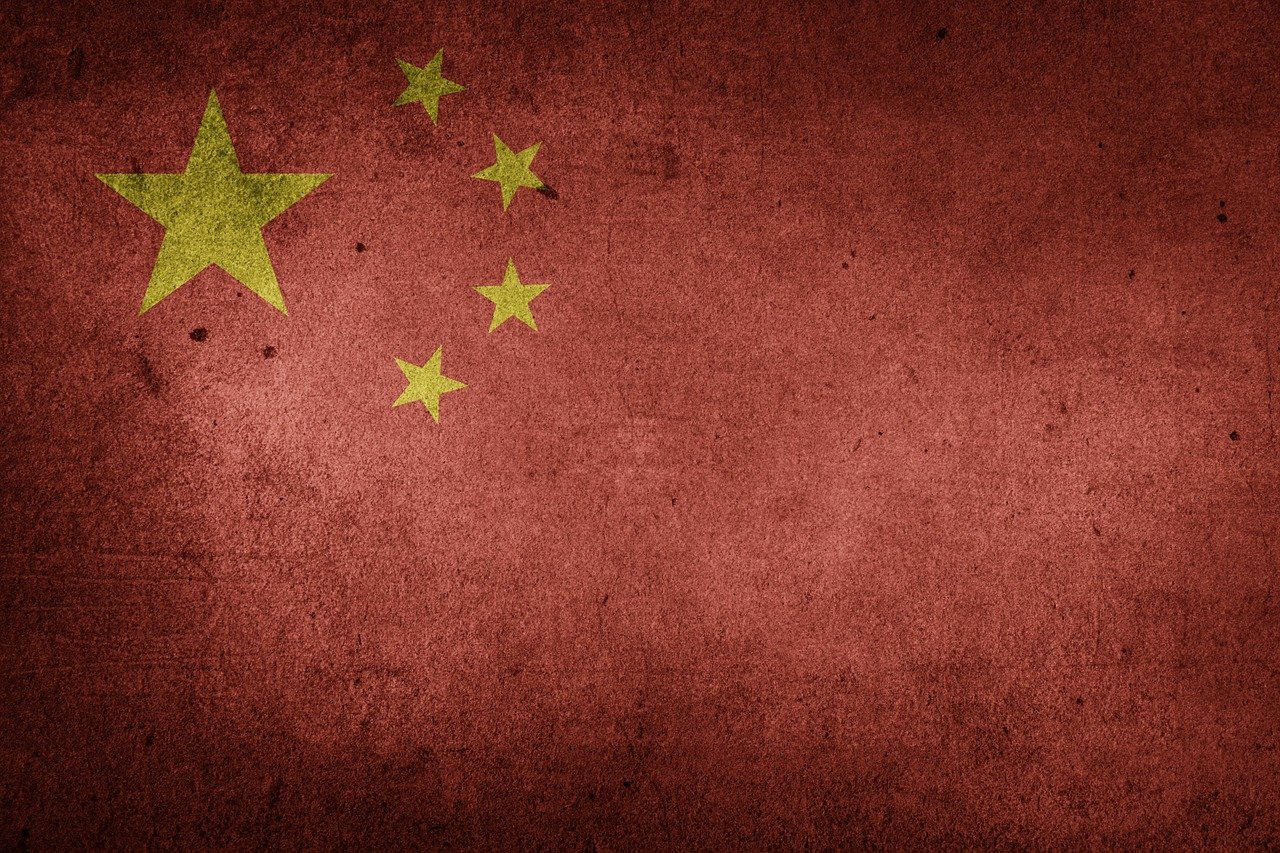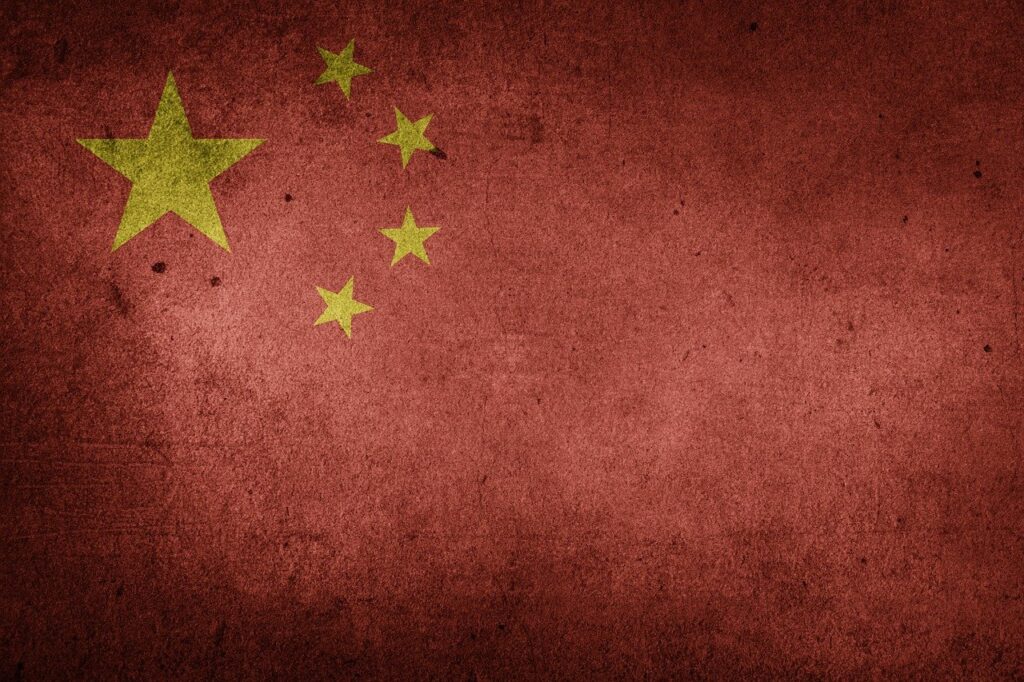Insider Brief
- China’s 14th Five-Year Plan elevates quantum information as a core part of a broader deep tech ecosystem aimed at achieving technological and economic self-reliance.
- The plan expands quantum’s role beyond communications to include computing and sensing, tripling the number of references compared to the 13th Five-Year Plan.
- While the emphasis on quantum has increased, the plan remains aspirational and lacks detailed budgets, timelines, or specific technology targets.
China’s latest five-year plan positions quantum information as a central pillar of a broader deep tech ecosystem designed to secure the country’s technological and economic independence.
The Outline of the 14th Five-Year Plan and Vision 2035, released by the State Council and published by the Fujian Provincial Government, sets out a roadmap that integrates quantum science alongside artificial intelligence (AI), photonics, advanced manufacturing and new materials.
This is not a single-program initiative but a coordinated state-led framework to convert research into national capability with a growing slice of that plan being devoted to quanbtum. The plan calls for building national laboratories focused on quantum information, photonics, micro- and nano-electronics, and network communications.

It identifies quantum as one of several “frontier technologies” critical to the nation’s modernization, grouped with frontier tech, like brain-like intelligence and genetic engineering. In practice, this signals that quantum research will expand beyond physics labs to industrial demonstration sites such as the quantum communication backbone linking Beijing and Shanghai, and the National Laboratory for Quantum Information Science in Hefei. The emphasis on national laboratories and industrialization marks a shift in tone — from experimentation to deployment.
Not Just Quantum Computing
China’s quantum program already spans three domains: computing, communications and sensing.
The country launched the Micius satellite in 2016 to establish a secure quantum communication link from space, a symbolic and technical milestone that gave China an early lead in quantum networks. Companies like Origin Quantum, Alibaba and Baidu developed superconducting quantum computers, although Alibaba and Baidu discontinued its quantum operations later. TuringQ is focusing on photonic approaches to quantum computing. State-backed projects in Anhui and Jiangsu are also building photonic integration facilities.
These examples illustrate how the central government’s vision translates into physical infrastructure.
The document also elevates other deep techs as coequal priorities. Artificial intelligence is framed as both an economic growth driver and a governance tool; photonics and advanced microelectronics are identified as the substrate for national self-reliance in computing; and new materials are listed as a foundational enabler of everything from quantum chips to aerospace components. Taken together, they form what analysts call China’s “deep tech stack.”
The plan’s structure shows how central planning coordinates convergence: by listing quantum information and brain-like intelligence in the same policy paragraph, it implicitly ties quantum research to the country’s artificial general intelligence (AGI) ambitions.
Quantum as a Rising Priority
China’s focus on quantum technology shows signs of intensifying from the previous planning cycle, based on a textual linguistic comparison between the two plans. In the 13th Five-Year Plan (2016–2020), “quantum” appeared just twice, both times linked to communications, as the country sought to establish a national secure-link network and launch the Micius satellite. The 14th Five-Year Plan (2021–2025) expands those references to six, covering “quantum information,” “quantum computing” and “quantum sensing.”
That shift could reflect a transition from research toward system-level deployment and integration.
In linguistic terms, the newer plan devotes roughly three times more text to quantum topics and introduces broader terminology — “quantum information” rather than “quantum communications” — to encompass hardware, networking, and computing. The inclusion of quantum alongside artificial intelligence, photonics and micro- and nano-electronics marks its evolution from a single state-funded megaproject to a structural pillar of China’s emerging innovation economy.
Analysts note that this expansion mirrors the country’s maturing ambitions. Where the 13th plan sought to build national capability, the 14th positions quantum as infrastructure for the coming “intelligent economy.” The difference is visible not just in word counts but in the plan’s tone—moving from experimentation toward industrialization.
While the quantitative shift in language could offer insight into policy emphasis, it might not offer a precise measure of spending or strategic weight. China’s five-year plans are political documents written to signal direction rather than disclose budgets, milestones, or technologies. A higher number of mentions, therefore, does not necessarily mean more funding or faster progress, since resource allocation depends on subsequent ministerial programs and provincial implementation.
Terminological changes also limit the usefulness of direct comparisons, as well. The broader phrase “quantum information” may subsume technologies previously labeled differently, inflating counts without indicating new focus. Official English translations and regional summaries can also vary in detail, making word-frequency analysis an imperfect proxy for actual policy prioritization.
Deep Tech Convergence
Along with the intensification of quantum, the nation is positioning itself for the convergence of technologies. The Plan’s digital chapters envision integration between physical and cyber systems through “digital China,” while the innovation chapters emphasize cross-disciplinary laboratories and enterprise-led R&D.
In this architecture, quantum technologies are not a separate frontier but an enabling layer for other priorities, such as AI, advanced manufacturing and national security.
Implementation follows China’s characteristic policy cascade. The central plan sets broad goals; ministries like Science and Technology and Industry and Information Technology allocate funding; provinces like Fujian translate directives into regional initiatives, often through government-guided venture capital funds. This system allows provinces to build research zones, accelerators, and pilot plants aligned with national strategic goals.
Fujian’s publication of the English-language outline signals that provinces are expected to attract foreign cooperation and investment within the bounds of national policy.
Western Vs. Chinese Frameworks
Compared to Western frameworks, China’s approach is more centralized but also broader. The United States’ National Quantum Initiative focuses on coordination among labs, universities, and industry; Europe’s Quantum Flagship emphasizes cross-border collaboration. China’s framework folds those functions into one overarching modernization plan that also links quantum to energy, biotech, and AI.
That convergence could yield advantages in scale and coordination, though it comes with risks of bureaucratic duplication and opacity.
Aspirational, Directional, Not Actual
The plan’s language remains aspirational. It provides no budget figures, timelines, or architecture-specific targets. There are no explicit mentions of superconducting versus photonic approaches, or of civilian-military boundaries.
Analysts rely on these documents more as policy signals rather than operational blueprints. Success depends on local implementation, sustained funding and global conditions such as, in the case of quanatum, export controls on advanced semiconductors and cryogenic equipment.
Still, by embedding quantum and convergent deep techs in its five-year and fifteen-year visions, China appears to be closing the gap between science and strategic utility. The next policy cycle, covering 2026 to 2030, could reveal whether that ambition yields world-leading systems or remains confined to state-backed research campuses.

















